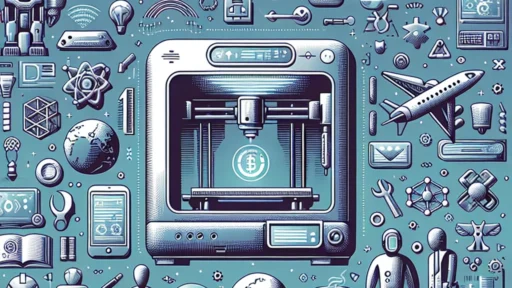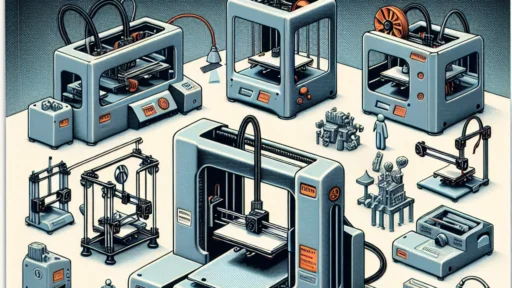How to Incorporate 3D Printing into Your Teaching
In today’s rapidly evolving world, technology is shaping the way we learn and teach. One of the most exciting advancements in recent years is 3D printing. This groundbreaking technology not only captivates the imagination but also offers incredible opportunities for educators to make lessons more engaging and interactive. If you’re looking to bring 3D printing into your classroom, whether you’re teaching elementary school or college, you’re in for a fantastic journey. Let’s explore how to incorporate this magic into your teaching!
Understanding 3D Printing
First, let’s demystify what 3D printing is all about. At its core, 3D printing is an additive manufacturing process where material is laid down layer by layer to create three-dimensional objects from a digital file. This can be anything from simple shapes to complex designs. For educators, this means you can take concepts from textbooks and bring them to life!
Get Started with the Basics
Before diving headfirst into 3D printing projects, it’s important to familiarize yourself with the basics. Start by exploring the principles of design and engineering. A simple way to introduce students to 3D printing is by using educational platforms that offer beginner-friendly designs. Websites like Tinkercad or Thingiverse offer free resources and tutorials specifically catered to beginners.
You don’t have to be a tech whiz to use these tools. Many platforms come with user-friendly interfaces that allow anyone to create or modify designs. Let your students play around with these tools. It’s a fantastic way to encourage creativity and problem-solving.
Creating a 3D Printing Curriculum
Now that you have a handle on the basics, it’s time to integrate 3D printing into your curriculum. Depending on your subjects, there are countless ways to do this. Here are some ideas to get you started:
1. STEM Subjects
In science, technology, engineering, and math (STEM), the possibilities are endless. You can design models of the solar system, create geometrical shapes, or even simulate biological processes like the human heart. A visual representation can make complex ideas more digestible.
2. Arts and Humanities
In art classes, students can design sculptures or relief maps of historical landscapes. In literature classes, create 3D models of settings or characters. It helps students visualize and better understand the material.
3. History Projects
Imagine your students creating artifacts from a specific historical period. They could recreate ancient tools or buildings, allowing them to engage more deeply with history. This gets them not just learning facts but interacting with the material in a fun, hands-on way.
4. Problem Solving
Introduce real-world problems that can be solved through design. For instance, challenge your students to create a product that could improve daily life for someone in need. This fosters creativity while also emphasizing the importance of empathy in design.
Collaboration and Group Projects
Incorporating 3D printing also opens the door to collaboration. Group projects encourage teamwork, as students can share ideas and critique each other’s designs. This collaborative spirit furthers not only their understanding of the material but also prepares them for future professional environments where teamwork is key.
Testing and Prototyping
Another fantastic aspect of 3D printing is the ease of testing designs. Encourage your students to prototype their ideas and iterate based on feedback. This iterative process of designing, testing, and refining allows for a deeper understanding of the engineering process and fosters critical thinking.
Potential Challenges
Before you jump in, it’s worth mentioning some potential hurdles. Budget limitations for purchasing printers and materials can be a concern. It might be helpful to look for grants or fundraising opportunities within your community. Additionally, ensure that you set safety guidelines for students, especially around using equipment.
The Future of 3D Printing in Education
As technology continues to advance, so will 3D printing. The skill set built through 3D printing transcends the classroom and prepares students for future careers in engineering, design, architecture, and beyond. It’s a fantastic way to not just teach but to inspire.
Incorporating 3D printing into your teaching toolbox can be a game-changer. It takes learning from abstract concepts to tangible experiences, making education more interactive and enjoyable. So, roll up your sleeves, fire up that 3D printer, and watch your students’ creativity soar. You’ll not only be teaching the curriculum but also igniting a passion for discovery that can last a lifetime. Embrace this technology, and who knows? You might just inspire the next great inventor!






